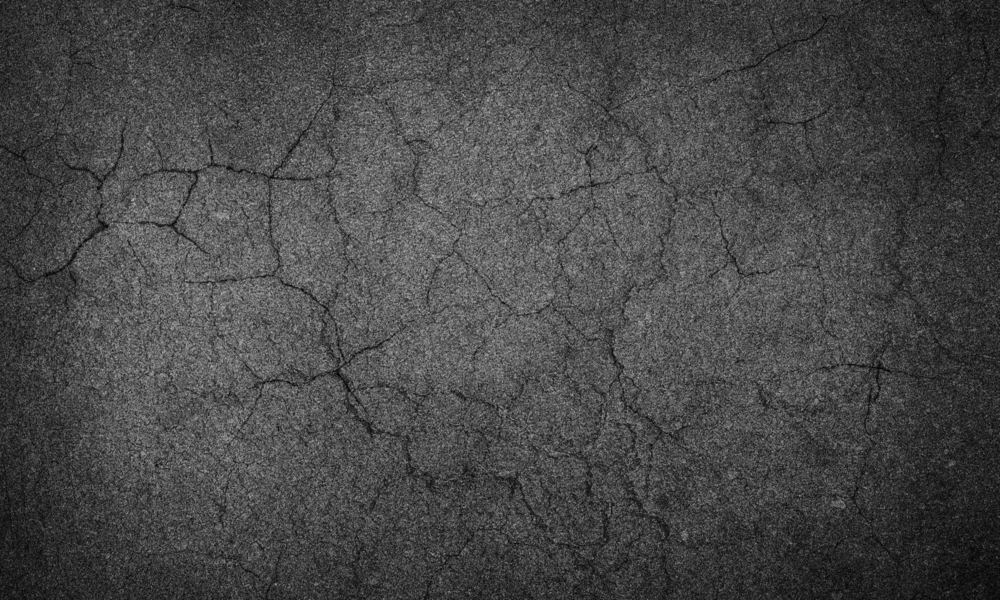
In part one of this multi-part blog series, we went over some of the basic types of asphalt cracking that may take place on your asphalt surfaces. There are several such types of asphalt damage, known in the industry as asphalt distresses, and how asphalt repair is performed on these areas will often depend in some part on the type of damage being dealt with.
At Renaissance Asphalt Services, we're happy to offer a wide range of asphalt repair services, from crack repair and patching to asphalt sealing and even new asphalt paving in situations where asphalt cannot be repaired. Today's part two of our series will go over some additional cracking formats that can take place on asphalt, while part three next time will look at non-crack forms of asphalt damage.
As the name indicates, edge cracking refers to cracks in asphalt that generally appear along the outside edges. These cracks will often be quite long, and will run in the direction of the road.
The most common cause of edge cracking on an asphalt surface is shrinkage or drying of the soil under the road, which will cause the asphalt to sink. In other cases, poor drainage may cause too much moisture to pool around the area, or heavy vegetation might invade the asphalt over time. Luckily, edge cracks are relatively simple from an asphalt repair standpoint, requiring only some basic filling plus, often, improvement of drainage or vegetation nearby.
Reflection cracking is a type that occurs along the surface of pavement, and will generally come along with what's known as sub-layer cracking or other sub-layer joint shift issues. Reflection cracks will be straight, and will often form a grid across the pavement surface over time.
These cracks will generally be filled with sealant and asphalt mixture during repair. This is to prevent any moisture from breaching the surface, which will just create further expansion and damage.
Does your asphalt surface have cracks that make it look like the asphalt itself is slipping along the surface of the pavement? This is a condition known as slippage cracking.
Slippage cracking takes place when the top layer of asphalt is not properly installed, and does not adhere to the sub-layer in the right ways. This may be due to too much sand being used in the asphalt mix, or for other reasons in some cases. A common sign of slippage cracking will be wrinkles in the asphalt, plus deep, open gaps found. Repair of these cracks involves depth patches that will vary in their depth range based on the severity of the cracks.
For more on the kinds of asphalt cracks that may develop, or to learn about any of our asphalt repair or new asphalt paving services, speak to the staff at Renaissance Asphalt Services today.